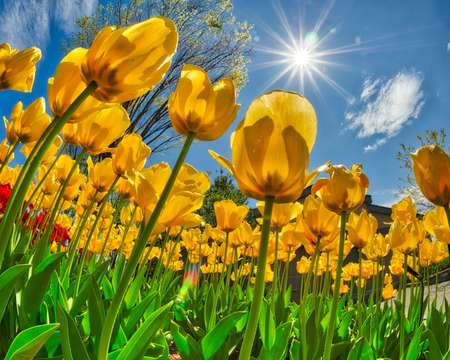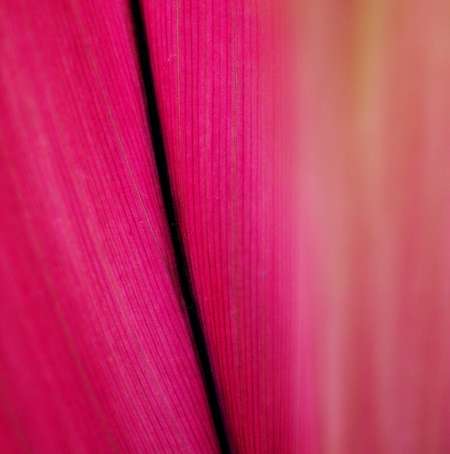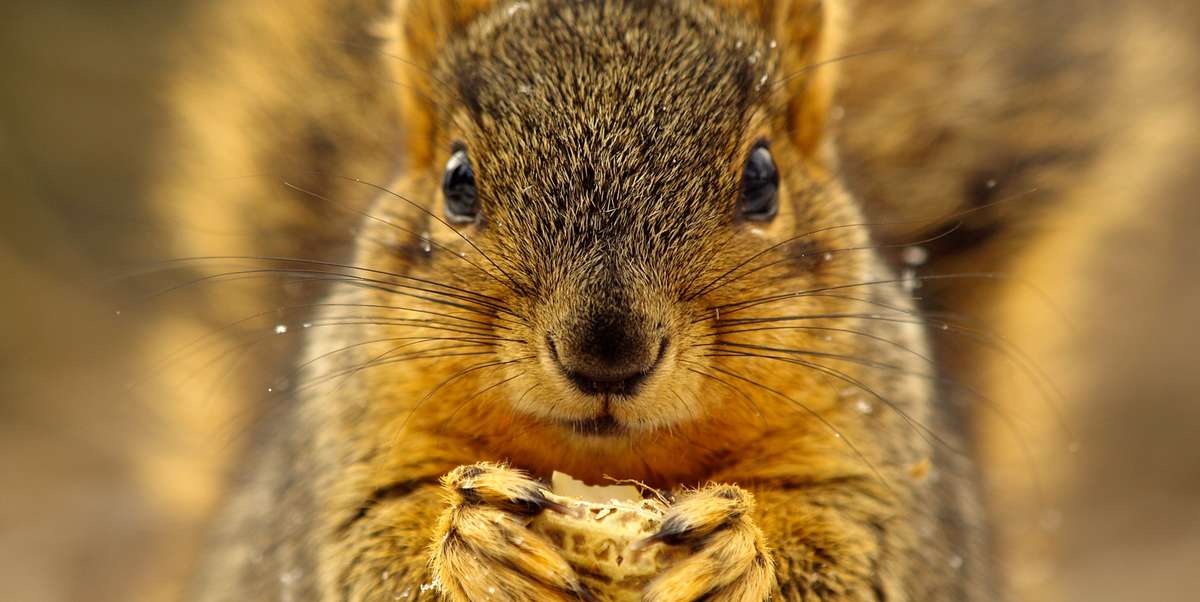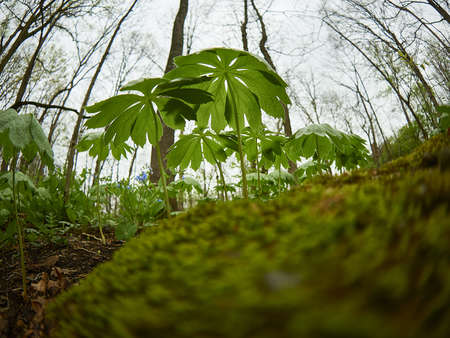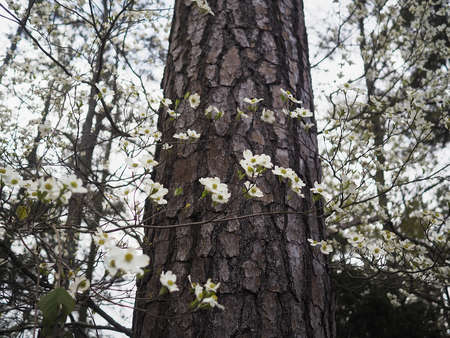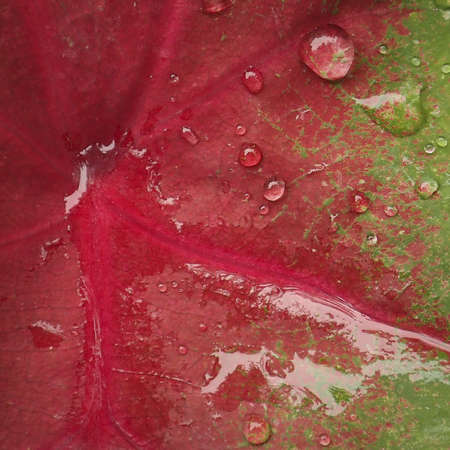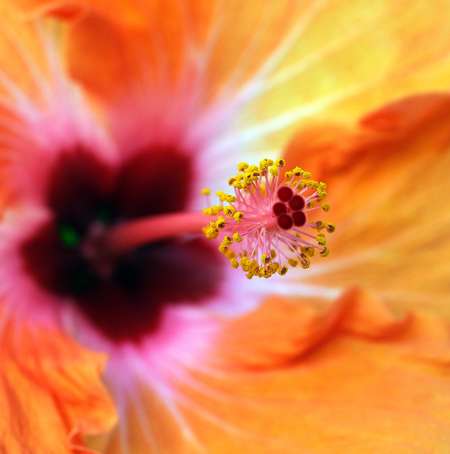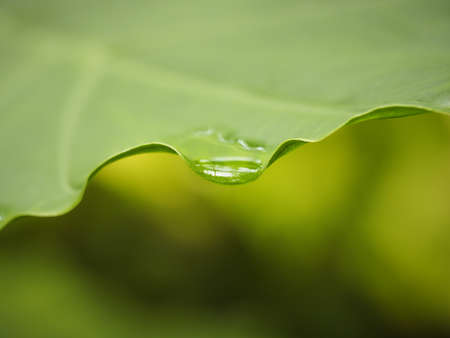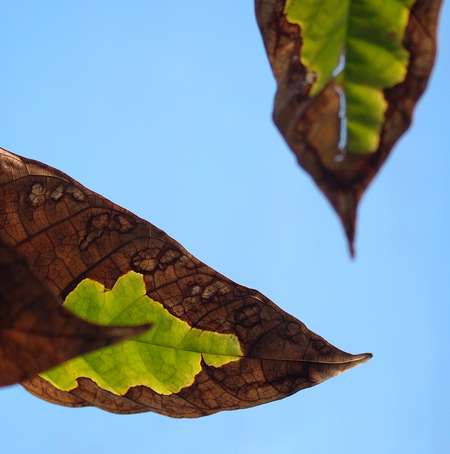With spring officially upon us, it's time to get the cameras out and explore the beauty of the changing season. Unlike the stark contrasts that winter landscapes present, burgeoning new life is more subtle and challenging to capture, particularly if you're in a northern clime where spring comes slowly in fits and starts.
Whether you're going for that perfect panorama of mountain dogwoods or a close-up of a single crocus struggling to bloom through the snow, a few tips can help you get the most from your spring photo shoots.
ASSEMBLE YOUR SPRING GEAR
For me, the shapes and splashes of color of the early spring flowers are irresistible, so I think about close ups of flowers and animals as they begin to come out into the warmth. Before you go out to shoot close up shots of flowers find out how close your camera will focus. To make sure you don’t get too close simply cut a piece of string to the close focus length and hold it at the front of your camera to the subject.
If you want to explore the abundance of animal life that emerges after the long, dark days of winter, you'll need to use the long telephoto end of your zoom lens.
If your camera takes a flash, a small flash with an extension cord is good in case I need a touch of fill flash. But honestly, the flash usually stays in the bag. If you enjoy the vibrant look of fill-in flash with close-ups, a tiny handheld unit will often make the difference between getting the shot or not.
Since many of the point and shoot cameras are f 3.5 to f8 apertures a tripod will come in handy for sharper images as shutter speeds may be slower. Don’t forget to use the image stabilization of your camera to prevent camera blur. If I'm traveling by air, I'll pack only a tiny tabletop tripod unit which adds minimal weight to my outfit.
WORK THE LIGHT
For spring photography the light is especially important — and beguiling. With the lengthening days, you'll have more magic hours in the morning and evening, as the sun lingers low on the horizon. In March and early April, the light is gentle light throughout most of the day, particularly in the northern latitudes. How you use this light is key. If you're photographing blossoms, particularly the pale dogwoods or frothy lilacs, you'll want to use backlight to illuminate the petals, rather than reflected light. In reflected light, your flowers will look flat and one-dimensional whereas with the right backlighting, the petals, young leaves and bursting buds will be bright and vibrant. You'll also want to use a lens shade to avoid glare with a backlit subject. While light sculpts every photograph, during the spring it also makes a wonderful subject itself. Pay attention to the way the light moves. Watch the ebb and flow of exotic light against the surface of a pond or a rippling stream. In the desert southwest, a rising sun on a crystalline morning transforms red rock formations into otherworldly monuments.
THINK NEW LIFE
The animals, like us, are throwing off their winter blues. Playful and frisky, squirrels are busy now from sunup to sundown. Chipmunks, moles and voles scurry from their winter bunkers. Watch quietly and you'll see foxes and deer in the hours near sunrise or sunset. Break out the long lenses to focus on birds and mammals. They're curious too and you'll be surprised how approachable many urban animals are.
GET THE LOW DOWN
Put yourself at plant level on the ground to shoot crocuses bursting through black earth. Use the macro or close-up setting of your camera and you'll see new and unique angles. A single green shoot becomes an obelisk, a cluster of daffodil leaves a dense forest. Think architecture and modern art. From this bug's eye view, you'll also see insects at work — always good subjects.
LOOK UP
The shapes and forms of forest trees change subtly as new growth tints the branches and bud coats expand and burst. Take advantage of a blue sky or interesting cloud patterns to work in among the shapes the tree limbs present. Capture these scenes early though — once trees leaf out, these images are harder to find.
WALK IN THE RAIN
Use the reflections from a puddle of fresh water to accentuate color and texture. Get really close to capture tiny rain droplets clinging to new leaves, flowers and vines.
CONTROL THE CHAOS
The best springs are a riot of color, scents and sounds. A few years ago, we had a late spring in Ohio when everything bloomed at once — forsythia next to lilacs, roses in bud while the daffodils were still waiving their yellow heads. It was amazing. One of my amateur photographer friends went out with her digital camera to capture glorious streetscapes but came home disappointed. Her pictures were cluttered and flat, a common problem. In a park or arboretum surrounded by beauty, our eyes move from sky to blossom to ground while our other senses are registering the bird songs and perfume of the flowers. Our brain puts it all together and we perceive the brilliant bits as a whole. The camera is more discriminating. So, to bring that magnificent medium view to life, you'll want to use foreground-background composition techniques. Put a big splash of color near the camera and then use receding color in the background to re-create the sensation your brain perceives in nature. Concentrate on crisp compositions with a specific focal point in the foreground, even when you're going for the big picture.
USE WIDE APERTURES
Always, always, simplify your background. I don't use a tripod so much because I often shoot at a wide aperture with my Olympus macro lens. I can use a reasonable Exposure Index of 200 or 400 and still have a shutter speed that will allow me to shoot handheld. Enable your camera's image stabilization mode and you'll be set. Of course, for a once in a lifetime shot or if I'm in no particular hurry, I'll use a tripod.
HOLD ON
If you don't have a tripod or the light is too low to use a high shutter speed, experiment with using long shutter speeds hand held. You don't always have to shoot with a high shutter speed to have sharp images. Consider also experimenting with motion blur in low light. With a little controlled movement, you can interject an element of mystery.
TRY SHOOTING IN BLACK & WHITE
While spring is known for its beautiful colors, don't overlook the idea of shooting in black and white if the inherent colors are unfavorable or unflattering. Black and white can be used to simplify and add impact to the shapes of nature.
.
PACK FOR THE ROAD
You'll get your best shots on foot, so whatever you assemble, you'll have to carry. I use a shoulder bag to carry one body and two lenses, my flash, cord and extra batteries. That's it. If I can't walk a mile in comfort with all my gear, I'll remove items until I can.
Be sure to dress for the season — and I don't mean shorts and flip-flops. Early spring mornings and late evenings are still very cool if not downright cold. You'll want to layer (I like polypro long johns under sturdy wind-resistant pants and a fleece top). You'll also want waterproof boots or shoes for squishing through boggy patches or walking the streams.
And remember, spring is fleeting, so get going now to get those great pictures!
ABOUT LARRY C. PRICE
Over his storied career, Larry has worked for some of North America’s largest newspapers, including The Philadelphia Inquirer, The Baltimore Sun, Fort Worth Star-Telegram and The Denver Post. He is currently at work on a longterm project about global pollution with support from the Pulitzer Center on Crisis Reporting in Washington, D.C.
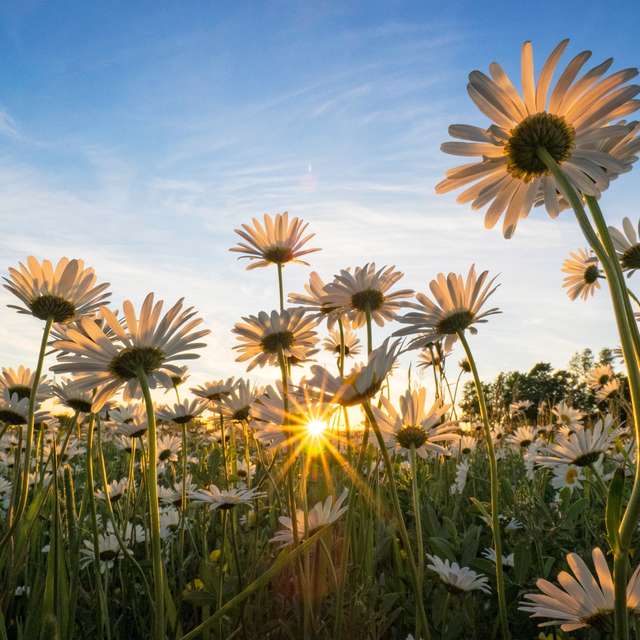
Perspective: A Small Thing That Makes a Big Difference
A slight change in your camera's position can make a big difference.
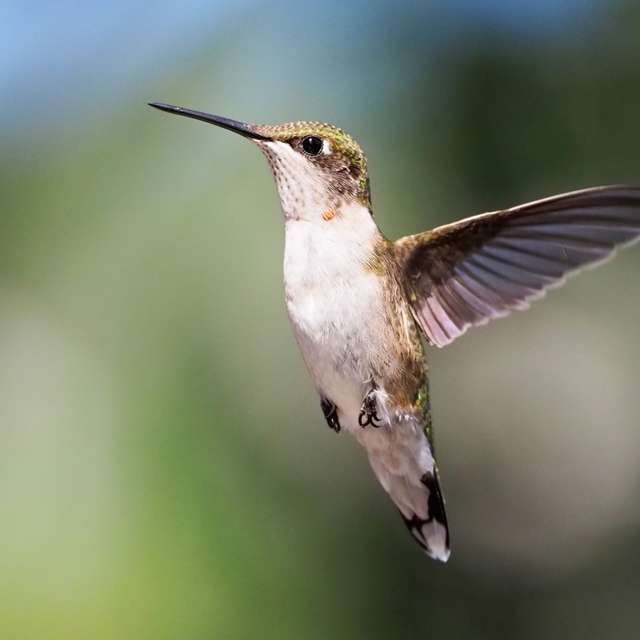
Backyard Photography Is for the Birds
Visionary Peter Baumgarten has tips to help you get the best bird photography right in your own backyard.
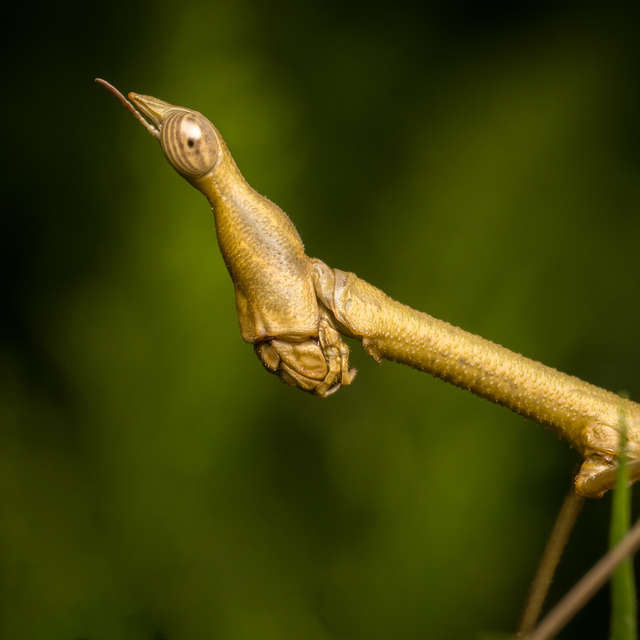
It’s the Little Things That Matter: Macro Photography
As we socially distance ourselves, one photographic opportunity is to explore the nature in your own backyard and look for the little things we often pass by.
